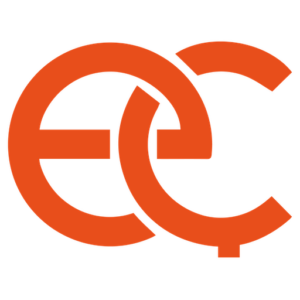In case of the patients who had paralysis due to brain hemorrhage, brain vascular occlusion, brain injury or brain tumor hand, arm and leg movements are affected. During the recovery process, hand and finger movements usually recover in the longer duration. Various problems in hand-arm movements may be observed even in patients who start walking again after paralysis.
The recovery process of hand after a paralysis may be slow. However, the chance and speed of recovery rises by increasing the exercises and activities for this purpose. The methods below help to accelerate the recovery of the paralyzed hand after a stroke.
Paralyzed Hand Rehabilitation
Hand rehabilitation is composed of all the rehabilitation methods which are applied to restore the lost functions caused by various musculoskeletal or nervous system disorders that affect the hand or arm. Hand rehabilitation is very important for the recovery of fine motor skills which are lost after stroke. While traditional exercises focus on strengthening your muscles; the exercises done, and techniques applied in hand rehabilitation stimulate the recovery of the brain. Hand rehabilitation is practiced by the physiotherapists and occupational therapists who are experienced in this branch.
In hand rehabilitation, the brain rebuilds itself through neuroplasticity and relearns the skills which have been lost. The more repetitive the rehabilitation exercises, the more your brain rearranges itself. It is as important to diversify the movement as it is to do it with plenty of repetition. If you want to use your hand again after a stroke, you need to do the hand exercises often. This will stimulate your brain and encourage the recovery of your hand function.
Mirror Therapy for Paralyzed Hand Treatment
Mirror therapy is a recommended application for the treatment of paralyzed hand. A mirror is placed in place of the paralyzed hand to reflect the healthy hand and exercises are performed with the healthy hand. In the meantime, the movements are tried also with the paralyzed hand. From the reflection, the patient tricks their brain with the sight of the movement of the paralyzed hand. This method triggers neuroplasticity and helps you to regain movement in your paralyzed hand.
Forced Use Therapy in Paralyzed Hand Treatment
Forced use therapy is one of the most used methods for stroke patients. In this method, the movements of the healthy arm are prevented, and the usage of the paralyzed arm is encouraged. Forced use therapy requires an intense effort and may not be suitable for everyone. It is needed to make sure that the patient can safely do the activities of sitting, standing, lying down and walking when the healthy arm is restricted. Therefore, stroke patients and their relatives should first discuss the issue with their doctors and physiotherapists and try this method if they approve.
Mental Practice in Paralyzed Hand Treatment
Mental practice is the practice of dreaming, visualizing yourself while doing something. Imagine yourself doing the movements before and during the exercises even if the movement does not emerge. You can activate neuroplasticity and stimulate brain recovery with mental practice.
Robotic Rehabilitation in Paralyzed Hand Treatment
With the developing technology in the treatment of paralyzed hand, the use of robotic rehabilitation devices which utilize the virtual reality has notably gained an importance. With robotic treatment of the paralyzed hand, limitations of the conventional rehabilitation are overcome, and the patient is directed to more intense and accurate exercises. With robotic rehabilitation and gamified therapy, patients can perform various daily activities with plenty of repetition and safely. With robotic rehabilitation, the brain plasticity is stimulated, and the return of lost hand functions are accelerated.
Don’t Give Up
Recovery of a paralyzed hand can be a long process in some cases and this can make you fall into despair. Although it may take a long time to regain the fine motor skills, new achievements can be gained with the right therapy and hard work. Paralyzed patients and their relatives should not stop the strive to recover. Remember; recovery only stops when you stop.

